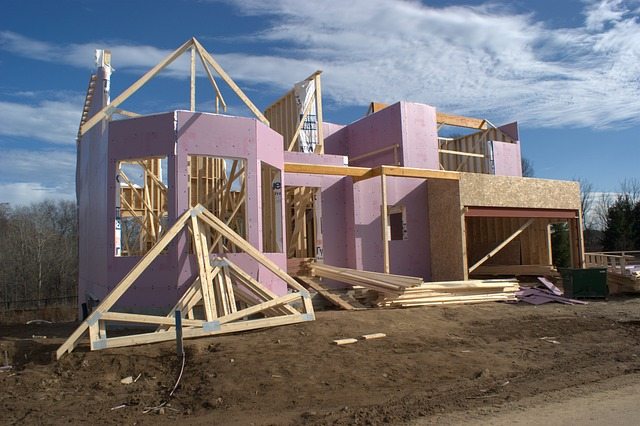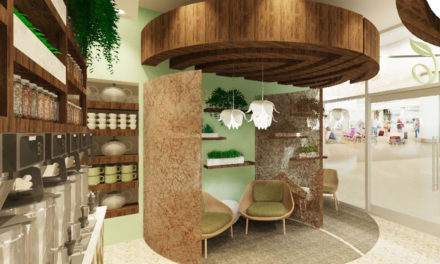The U.S. housing industry welcomed the arrival of spring with a strong gain in housing starts in April, the Commerce Department reported.
Housing starts rose 6.6 percent, hitting an annual rate of 1.172 million in rebounding from a 9.4 percent retreat in March.
Building permits, a gauge of future activity, rose 3.6 percent in April to an annual rate of 1.116 million, after falling 7.3 percent in March.
Multi-family building permits rose 8 percent, to an annual rate of 380,000, while single-family permits edged up 1.5 percent, to a rate of 736,000.
“Though housing construction data is relatively flat for the beginning of 2016, we anticipate a ramping up of housing production during the rest of the year, given a strengthening job market, low mortgage interest rates and favorable demographics,” said National Association of Home Builders (NAHB) Chief Economist Robert Dietz.
Regionally, April was a mixed bag for housing starts, rising 22.2 percent in the Midwest and 14.1 percent in the South, but falling 7.6 percent in the Northeast and 10 percent in the West.
All four regions posted gains in building permits in April—the Northeast at 3 percent, Midwest and South at 3.3 percent, and West at 4.7 percent.
“This month’s modest rise in housing production is consistent with builder sentiment, which has remained steady and in positive territory in recent months,” said NAHB Chairman Ed Brady, a homebuilder and developer from Bloomington, Ill.
Builder confidence holds firm
The NAHB/Wells Fargo Housing Market Index (HMI) held steady in May at 58, the fourth consecutive month at the same reading. The index indicates that builder confidence remains in positive territory, Brady said.
The HMI components measuring sales expectations in the next six months increased three points to 65, while the component charting current sales conditions and the index gauging buyer traffic both held steady at 63 and 44, respectively. Any figure above 50 indicates more builders view conditions as good rather than poor.
Three-month moving averages for regional HMI scores showed the South and Midwest both registering one-point gains to 59 and 58, respectively. The West remained unchanged at 67 and the Northeast fell three points to 41.





